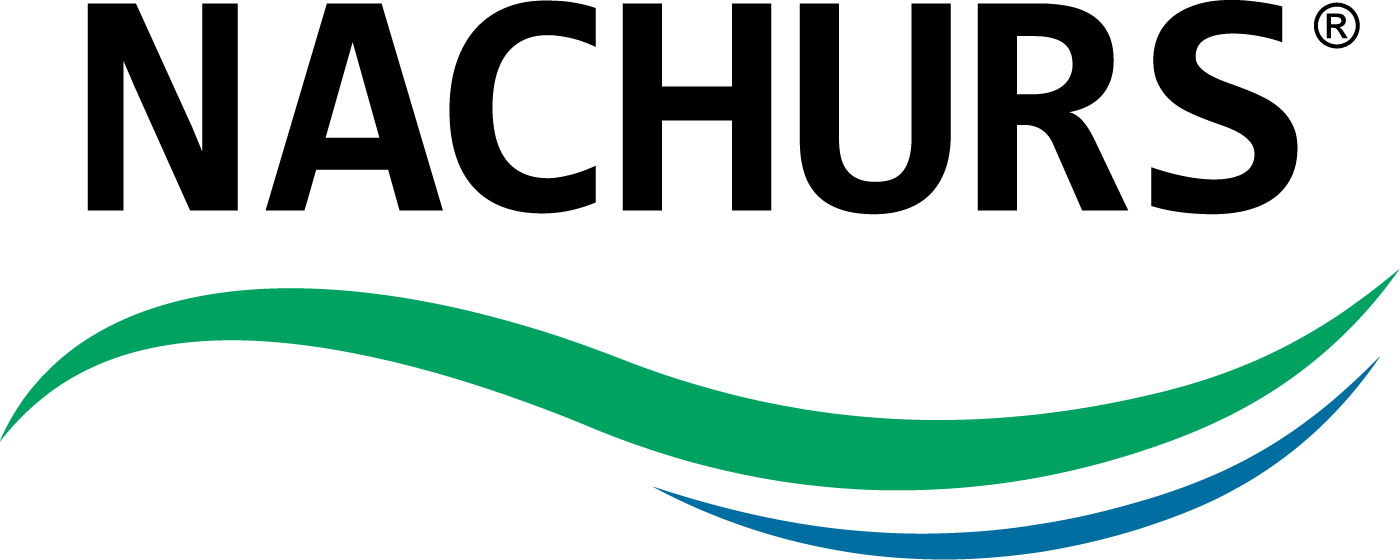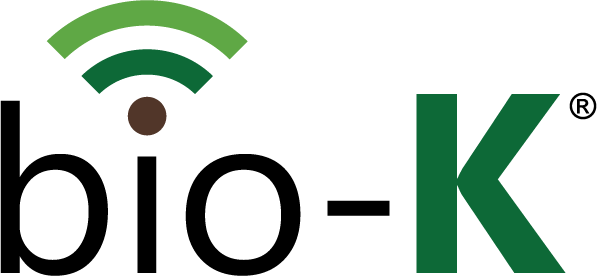Healthy Yields begin with a Healthy Start
2016 has been another year of mixed bags of circumstances. The environment has been extreme from persistent drought conditions and excessive moisture and everything in between. There are many areas, such as SC, that expect record corn yields. What has remained constant are the success stories coming from producers who have expressed being thankful that they have either been long time users of premium starter seed applied fertilizers or first time users. Regardless of what you hear or read about starter seed applied fertilizer, when the right product is applied at the right rate, at the right time, and put in the right place…NACHURS seed applied fertilizer works as advertised. If your planter is not set up for seed applied distribution of starter fertilizer, this fall/winter is the perfect time to do so. It is not terribly expensive and will easily pay for itself the first season. There are a host of options available depending on your planter, your preferences, and your budget but the most flexibility, accuracy, and distribution comes from hydraulic or electric pumps. There are, however, many producers still using the easy and dependable ground driven pump. Whichever route you choose, be sure to have enough pump to maintain at least 25# of pressure. Other distribution options include using a Keeton seed firmer, Schaffert Rebounder, or Totally Tubular (mainly for use in corn only) to distribute fertilizer into the seed furrow. If you are planning to use starter fertilizer on oil seed crops such as soybean or cotton, it is best to install a “Y” splitter on the seed firmer. A quality, high orthophosphate, starter fertilizer placed directly onto the seed at planting ensures the germinating seed will have access to vital and immediate availability to plant nutrients as the young seedling establishes its root system. In many cases, plants with access to a true high quality NPK seed applied fertilizer, as in the NACHURS brand of NPK starters, kept ahead of the rest of non-treated fields all season long. Just remember, NACHURS does not replace existing soil applied nutrients, it supports it by sending essential plant nutrients into the plant several days ahead of no seed applied starter programs. It is not uncommon in corn to see earlier tasseling and possibly an additional pair of kernel rows at harvest due to the proper use of NACHURS seed applied starter NPK fertilizer followed by a foliar application at V5 of a high quality SRN. Discuss your seed applied options with your local NACHURS retailer. They have access to equipment information, NACHURS sales and agronomic staff, and they know your farm and area better than anyone. Remember, a healthy, fast start right after planting offers your crop the greatest opportunity of maximizing production. -Keith Flaniken, Southern US Sales Agronomist
2016 has been another year of mixed bags of circumstances. The environment has been extreme from persistent drought conditions and excessive moisture and everything in between. There are many areas, such as SC, that expect record corn yields. What has remained constant are the success stories coming from producers who have expressed being thankful that they have either been long time users of premium starter seed applied fertilizers or first time users.
Regardless of what you hear or read about starter seed applied fertilizer, when the right product is applied at the right rate, at the right time, and put in the right place…NACHURS seed applied fertilizer works as advertised. If your planter is not set up for seed applied distribution of starter fertilizer, this fall/winter is the perfect time to do so. It is not terribly expensive and will easily pay for itself the first season.
There are a host of options available depending on your planter, your preferences, and your budget but the most flexibility, accuracy, and distribution comes from hydraulic or electric pumps. There are, however, many producers still using the easy and dependable ground driven pump. Whichever route you choose, be sure to have enough pump to maintain at least 25# of pressure. Other distribution options include using a Keeton seed firmer, Schaffert Rebounder, or Totally Tubular (mainly for use in corn only) to distribute fertilizer into the seed furrow. If you are planning to use starter fertilizer on oil seed crops such as soybean or cotton, it is best to install a “Y” splitter on the seed firmer.
A quality, high orthophosphate, starter fertilizer placed directly onto the seed at planting ensures the germinating seed will have access to vital and immediate availability to plant nutrients as the young seedling establishes its root system. In many cases, plants with access to a true high quality NPK seed applied fertilizer, as in the NACHURS brand of NPK starters, kept ahead of the rest of non-treated fields all season long. Just remember, NACHURS does not replace existing soil applied nutrients, it supports it by sending essential plant nutrients into the plant several days ahead of no seed applied starter programs.
It is not uncommon in corn to see earlier tasseling and possibly an additional pair of kernel rows at harvest due to the proper use of NACHURS seed applied starter NPK fertilizer followed by a foliar application at V5 of a high quality SRN. Discuss your seed applied options with your local NACHURS retailer. They have access to equipment information, NACHURS sales and agronomic staff, and they know your farm and area better than anyone.
 |
 |
 |
 |
 |
 |
 |












